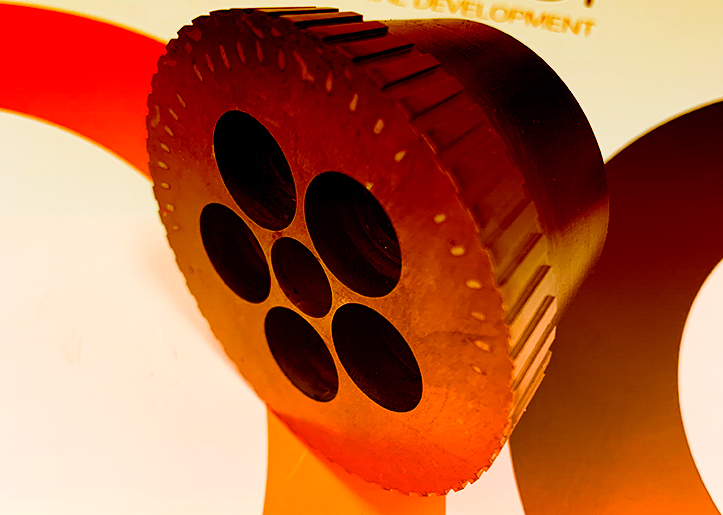Tempering is a heat treatment that is carried out on steel after hardening to achieve…

Aluminium anodising: what it is and what it is used for | EONSI
Aluminium anodising is a technique that creates a protective layer of aluminium oxide on the material. Discover its functions and applications.
Aluminium anodising: what it is and what it is used for
What is aluminium anodising?
Aluminium anodising is a surface treatment applied to aluminium parts to achieve high corrosion protection and abrasion resistance. This technique involves the formation of a controlled oxide layer by means of an electrolytic process, in which an electric current is passed through the aluminium which will cause the formation of a protective layer.
The thickness of the layer will depend on the time and density of current passing through the aluminium surface. Thus, we will have layers of up to 7 µm for mild environments and between 20 and 25 µm for more extreme environments. In fact, this thickness will be responsible for different properties of the anodising such as the durability and insulating capacity of the treated part.
What is aluminium anodising used for?
Aluminium anodising has been used in industry for decades. Its characteristics and the range of colours it allows make it a common process. The main applications and uses of anodised aluminium include:
- Decorative finishing of electronic and technological devices and household appliances.
- Manufacture of dielectric films
- Door and window protection
- Anchoring base for paints
- Electrical insulation
- As a protective element on vehicle parts (such as shock absorbers) in the automotive and aeronautics sector
- Tinting of machinery bodywork and exterior parts of industrial equipment.
Types of anodising
Aluminium oxide layer properties depend more on the anodising process used than on the type of aluminium. It is therefore important to know the needs of the final product before starting the process. The type of anodising we are interested in will depend on the characteristics we wish to obtain:
- Chromic acid anodising. It generates opaque and soft films. This process produces parts with greater ductility and resistance to corrosion than other anodising processes.
- Sulphuric acid anodising. It gives rise to transparent films of greater thickness and resistance to wear and tear, suitable for dyeing and obtaining different colours.
- Hard anodising. Finish with similar hardness to cemented steel but with the lightness of aluminium. This process produces thicker anodised layers than sulphuric or chromic anodising.
Anodising process: How to do it?
The anodising process has 12 steps until the final finish is achieved:
- Preparation of the material. The first step consists of polishing the part to be treated to avoid imperfections by sandblasting.
- Degreasing. A degreasing step with an acid or an alkaline may be necessary depending on the method used to prepare the material.
- Water washing
- Cleaning pickling to obtain the desired result.
- Second water wash
- Neutralisation with nitric acid
- Third water wash
- Anodic oxidation, either with chromic acid or sulphuric acid
- Fourth wash
- If sulphuric acid is used, dyes are added.
Benefits of aluminium anodising
EONSI offers the best machining solutions for your company. We offer the most innovative industrial processes and the most qualified personnel. Ask us about the aluminium anodising processes and other surface treatments for the protection of parts that we can offer, we will be delighted to help you.
Aluminium anodising, like titanium anodising, mainly protects metals against abrasion and corrosion. In addition, its use allows tinting in a wide variety of colours, providing greater versatility to the treated products. The anodising process has many advantages:
- It facilitates the electrical insulation of parts made from aluminium materials.
- It provides greater protection against corrosion and the passage of time.
- It makes the parts more resistant to adverse weather conditions.
- Maintains its appearance and quality against the action of UV rays or solar radiation.
- Facilitates the cleaning of the parts, given that by anodising metal we make the washing and sanitising processes more efficient.
- It provides a longer useful life to the parts.
EONSI, offers you aluminium anodising processes.
EONSI offers the best machining solutions for your company. We offer the most innovative industrial processes and the most qualified personnel. Ask us about the aluminium anodising processes and other surface treatments for the protection of parts that we can offer, we will be delighted to help you.



